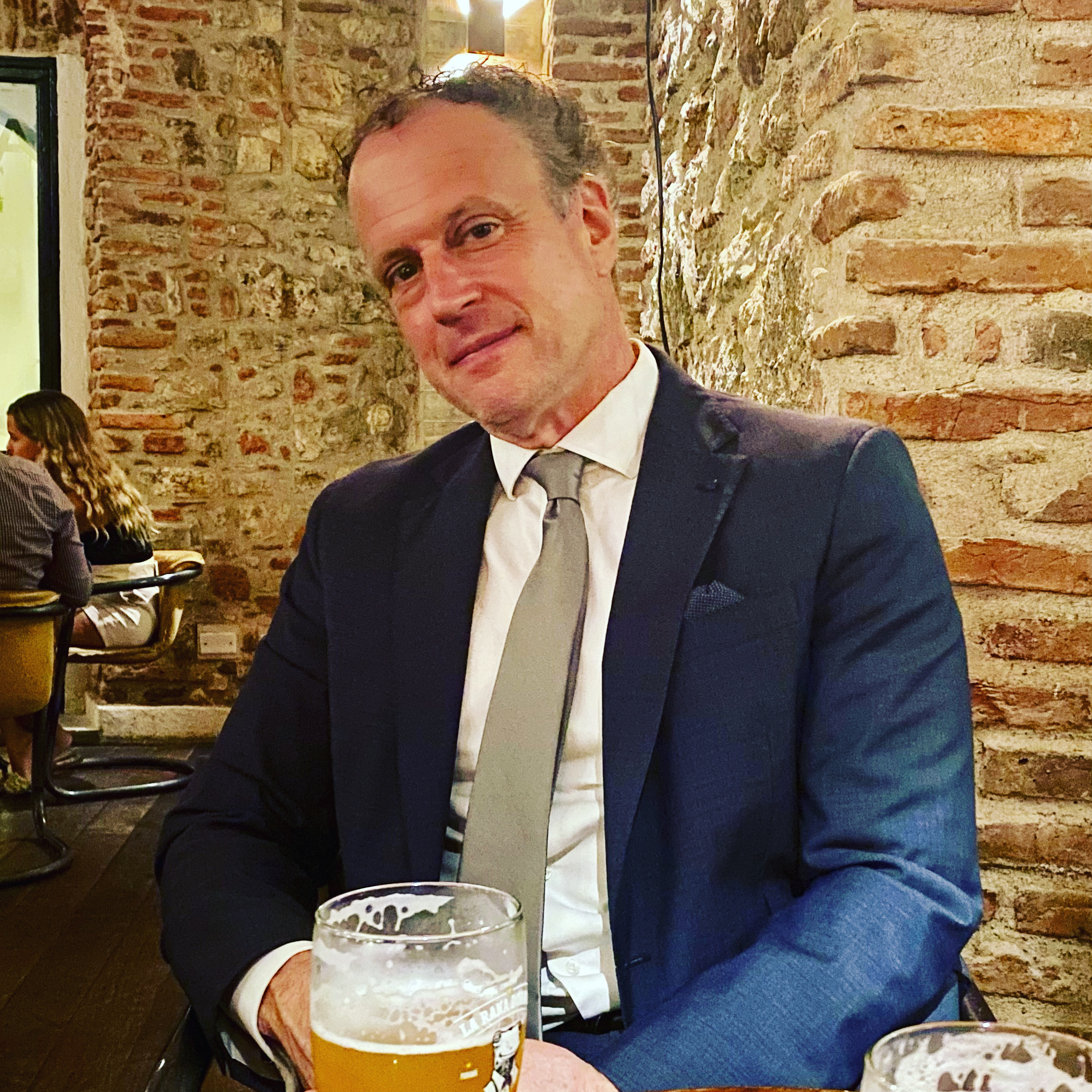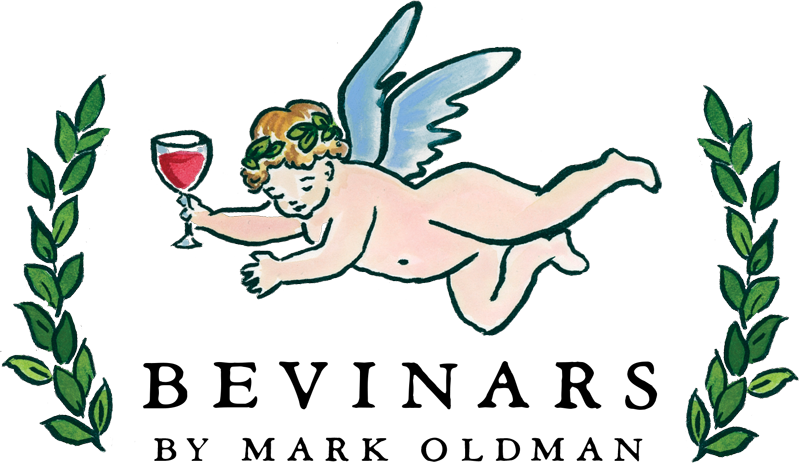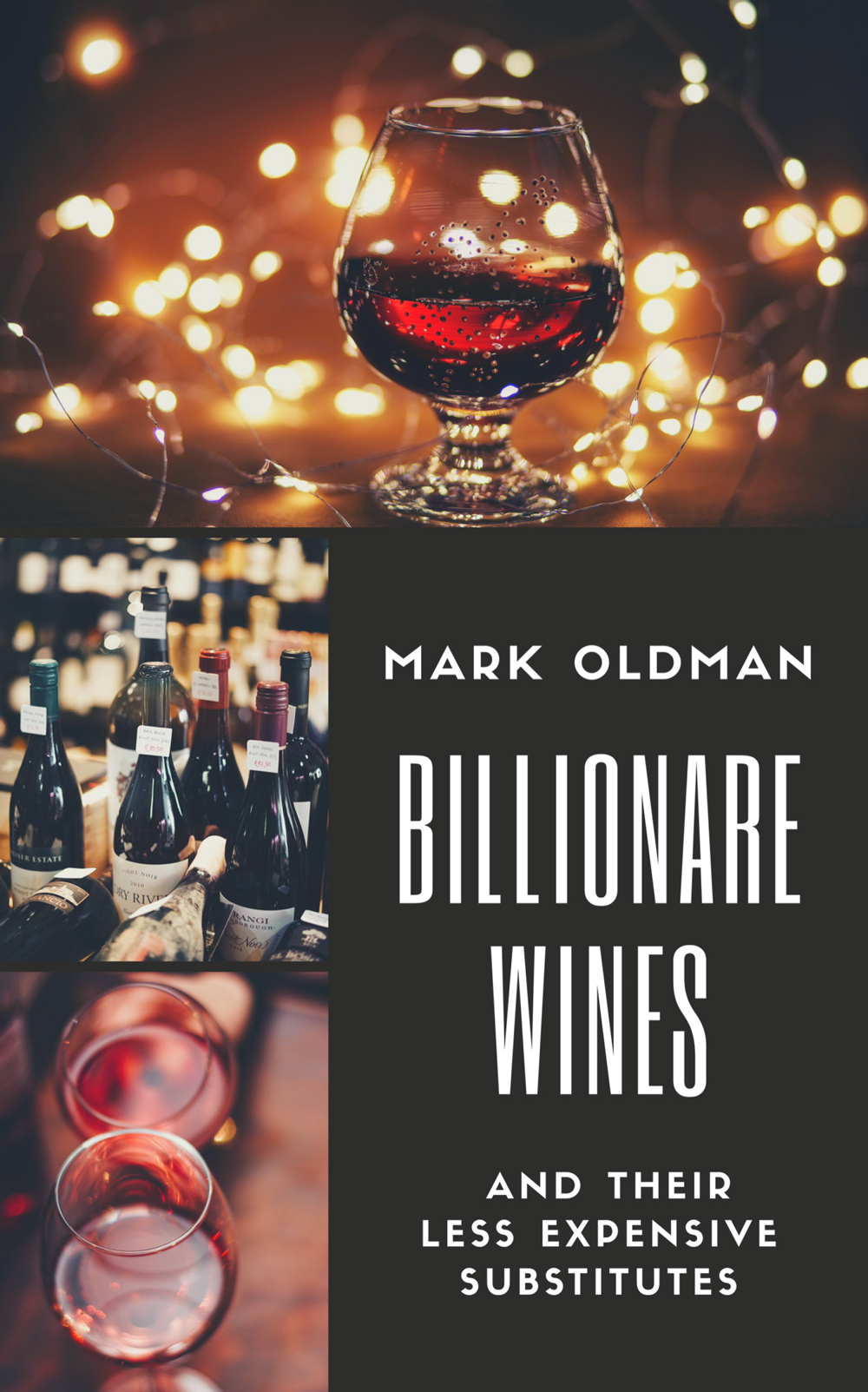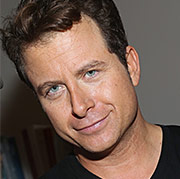
How Long Will Wine Keep?: Opened Versus Unopened

To keep or not to keep, that is the question.
Many people think that wine, with its relatively high alcohol concentration, will be preserved for days or weeks after a bottle is opened. This is actually true for only a small portion of wine types such as Port or most of the wines from Jerez in Spain (commonly called Sherry) plus Madeira. Other than that, wine deteriorates with time very rapidly. To learn more about these different basic types of wine, consider taking a wine class with Mark Oldman.
When you Open a Bottled Wine
Wine is stored in closed bottles with very little air for a reason: for the same purpose winemakers top up wines aging in oak barrels, eliminating raw contact with the air.
Think of air as the genie in the bottle, except the genie is already outside of the bottle. To get into the bottle, the genie will grant your wish to taste a flavorful and aromatic wine, as it makes those molecules dance in your nose and on your palate. But once it’s back in the bottle, the mischief begins.
At certain times during winemaking, oxygen can be a wine’s friend, but after it’s finished, the point is to keep oxygenation, which leads to oxidation, to a minimum.
White wines, which contain a lesser concentration of phenolic compounds, including color and flavor compounds and tannins, generally react with the air more quickly than red wines. They will change color, taking on a wet straw, amber, or even brownish color instead of a clear dry straw or yellowish color. Once you become used to this, oxidized white wines become easy to spot.
Thus, logically, lighter red wines with fewer phenolics than, say, a high quality Bordeaux blend, will also react more rapidly to air. So, many red wines currently on your grocery aisle, intended to be drunk in their youth, should not be exposed to the air for very long.
What happens? As the Oxford Companion to Wine puts it, “the wine loses its fresh, fruity aroma and becomes vapid and flat smelling.” In addition, the wine will slowly turn to vinegar. Acetaldehyde in the wine converts to acetic acid, and you will have wine vinegar.
Heat speeds up these reactions.
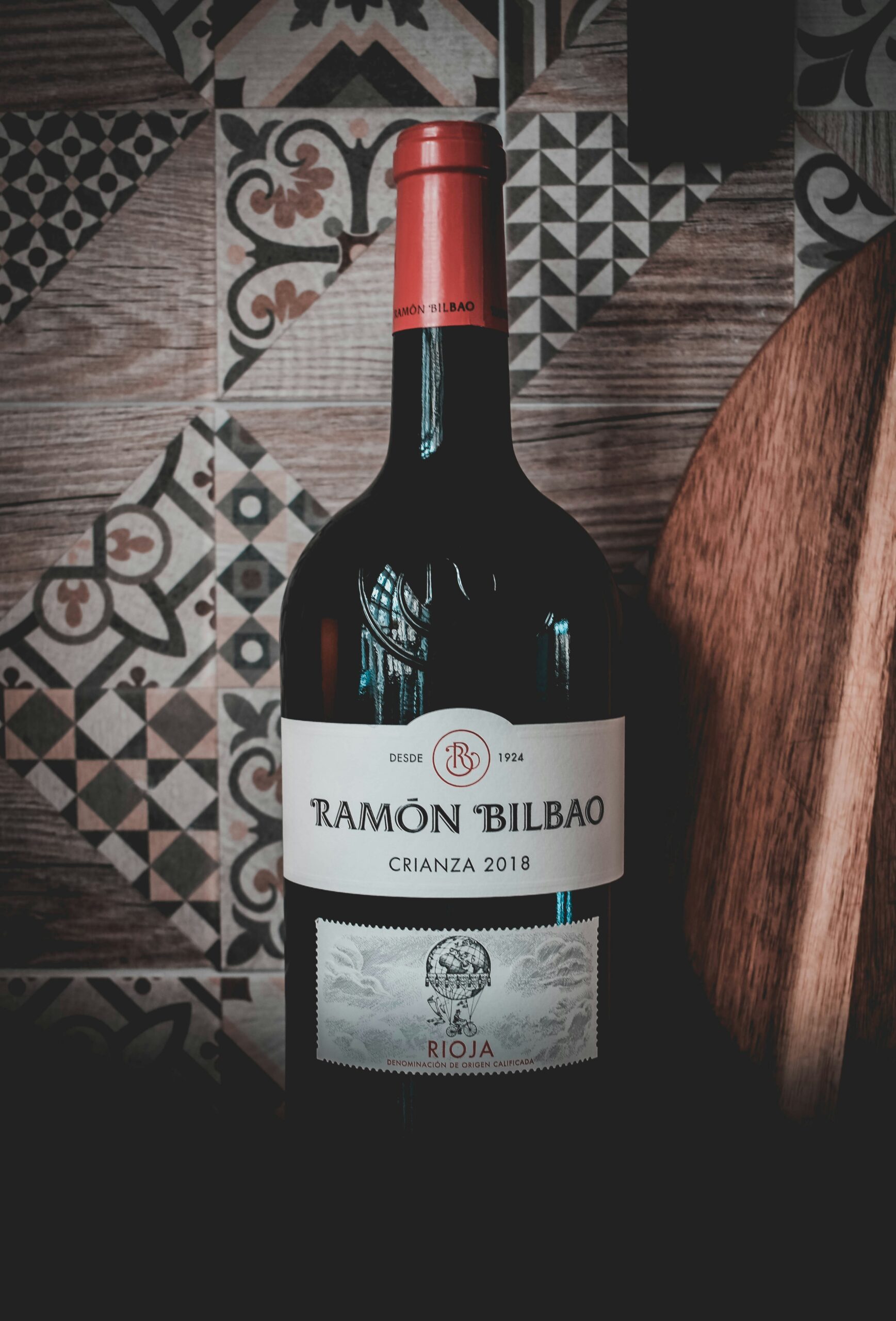
Unopened Wine
How about unopened wine? The vast majority of wine is made to be drunk young.
White Wine
For white wines, that means up to two to three years after the vintage marked on the bottle (or after bottling if it’s a non-vintage wine). Some such opened wine may last for up to 4-5 years, but you may be cutting it close.
Red Wine
Less expensive, unopened red wines, thanks to those higher levels of phenolics, will have greater longevity but not a lot. Up to five to six years is a good bet, maybe seven years. For red wines that the winemaker intended to improve with age, we can extend that to 10-15 years, and for great (and usually expensive) unopened wine substantially longer than that.
Do not drink a Beaujolais Nouveau after about six months, please. Although an unopened wine, it’s no longer nouveau.
Another example of unopened wine is young reds from Rioja marked as “joven” or young. These unopened wines should be drunk within 1 to 1 ½ years. Truly fine wine should be stored in a wine cellar and may last 15 to 50 years.
Sparkling Wines
Non-vintage Champagne, Cava, Prosecco, and the like are usually made to be drunk within five years. That said, sparkling wines generally have a good capacity for aging without spoiling. Vintage sparkling wine will generally last a decade or more in an unopened bottle.
Bottle Closures
A good screw cap is actually probably better at keeping air out than a cork. Some wines are intended to receive tiny amounts of air during aging through the cork. But most wines benefit from no air contact.
A faulty screw cap, however, will let in lots of air, so when you buy wine make sure the bottle is well sealed and look for visual signs of oxidation.
Of course, sparkling wine must be kept with its mushroom-shaped cork firmly placed inside the bottle neck with its wire cage intact.
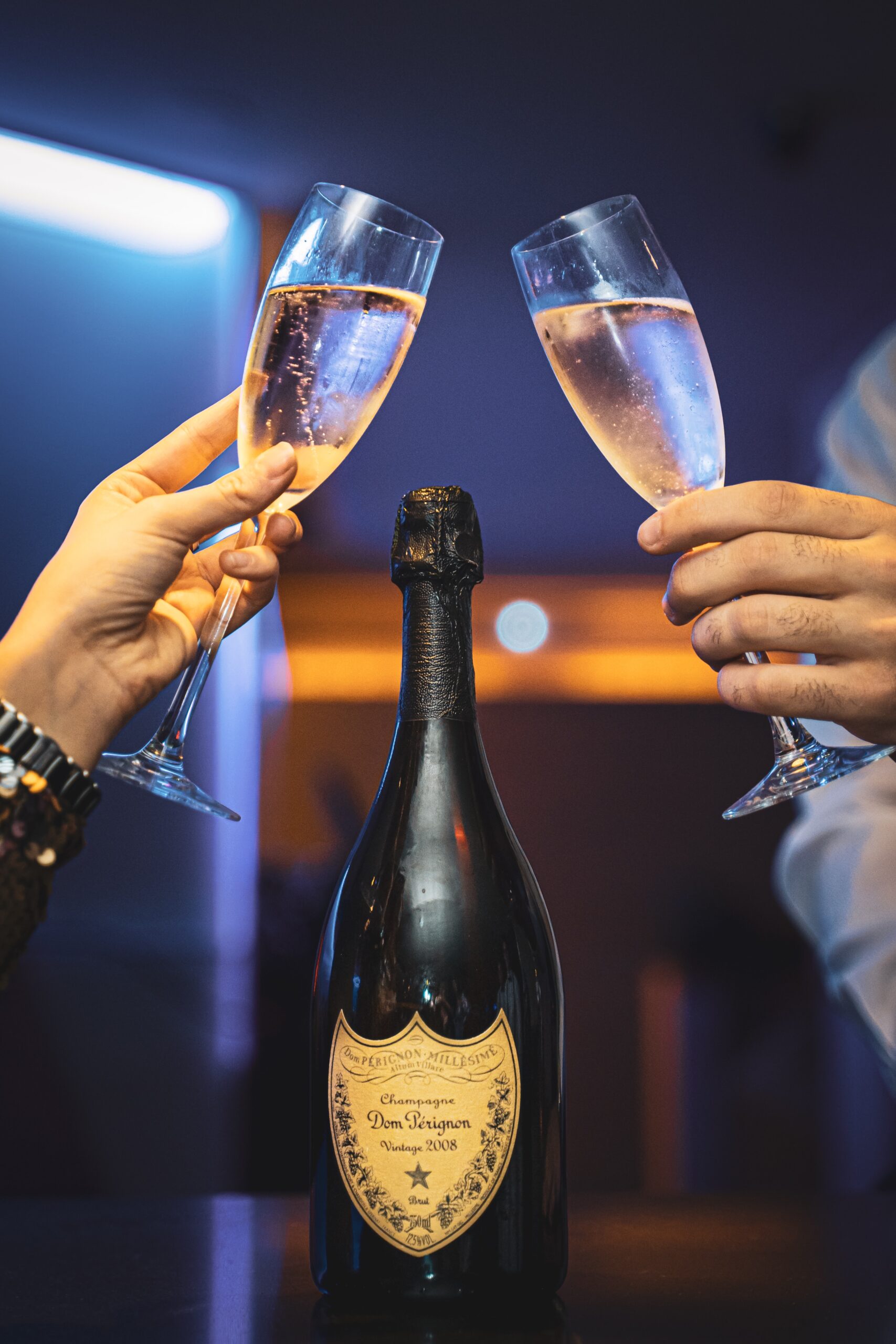
Wine After Opening
White Wines
In ideal circumstances, for white wine, try to consume to entire bottle of white wine the same day it is opened. If this isn’t possible, then twist that screw cap down tight, or re-cork it well, and keep it upright, refrigerated for up to two to three days. The longer a white wine remains open, the more it will lose flavors and aromas. Do not store it horizontally because these increase the surface area in touch with the air inside the bottle. Do not freeze your wine: compounds in the wine tend to separate and freezing can denature aroma and flavor compounds.
Sparkling Wine
Drink sparkling wine quickly. It truly does not maintain its character hours after opening the bottle: may be up eight hours.
Red Wines
For red wines, some might even improve from greater air contact during the first 18-24 hours, but not longer. Most red wine will not. This is called aeration, and it applies to fine wine.
You can try a test: take some notes about the wine’s flavors and aromas within the first hour after opening, and then do the same 24 hours later. You will notice the difference.
Ideally, don’t keep an opened red wine for more than five days, preferably much less time. The same rule about upright storage and being well-sealed applies to red wines. Of course, you will in most circumstances also have to let the red wine warm up again after being refrigerated.
An accessory that has been around for well over a decade, the Vacu-Vin, will help prolong storage times, but only by a day or two. Despite pumping air out and creating a vacuum, there’s always some air left in the bottle. If you consume wine regularly, this is a worthwhile investment because it does help in wine preservations.
There is also the contraption that sucks all the air out of a bottle and replaces it with inert, harmless argon gas. This is called the Coravin. You actually never uncork the wine because a needle passes through the cork to allow the wine to be removed and the argon gas to be added.
Wine, Air, and Storage: Some Useful Vocabulary
Aeration
Aeration is the deliberate exposure of wine to the air and its oxygen. For bottled wines, it can benefit mostly aged wines, particularly reds. Decanters, for example, purposefully aerate wine, as does swirling the wine in your glass. Aeration occurs only for a short time.
Bottle Aging
This is deliberately maturing wine in bottle. Fine wines often benefit from bottle ageing because they contain relatively high quantities of acids, phenolic compounds (including tannins), and flavor precursors. This applies to only a very small portion of all wines. Most wines do not require bottle ageing.
Oxidation
As opposed to “reduction,” oxidation is a chemical process by which compounds in the wine lose electrons. It generally leads to a wine fault—the wine is “oxidized”—and is not the same as aeration. Oxidation can change ethanol to acetaldehyde, which you do not want in your wine.
Oxygen Transmission
This is the process by which tiny amounts of oxygen enter a bottled wine through a cork or synthetic cork. This can be a beneficial process during in-bottle wine maturation, usually of red wines.
Drink Your Wine Fresh
To sum up, the quality lifespan of an opened bottle of wine can vary significantly depending on the type of wine. While some , like Port or Sherry, can last for days or even weeks after opening, most wines deteriorate rapidly once exposed to air.
For white wines, consume the entire bottle the same day it’s opened or, at most, within two to three days if stored upright and tightly sealed in the refrigerator. Red wines can last a bit longer, with some improving from greater air contact for the first 18-24 hours; but generally red wines should be consumed within five days. Sparkling wines, by contrast, should be consumed quickly, ideally within eight hours of opening that wine bottle.
Various preservation methods, such as the Vacu-Vin or argon gas systems, can extend the lifespan of an opened bottle by a day or two, but they are not foolproof. Ultimately, the best way to preserve the integrity of your wine bottle is to enjoy the wine shortly after opening.
